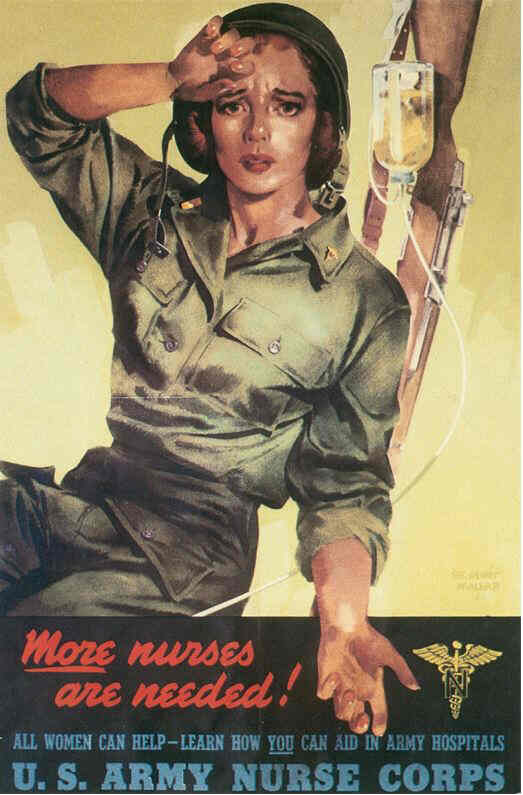
A recently compiled database of the men and women from Raritan who served in World War II shows that three women from Raritan served overseas as nurses during this epic conflict.
The Raritan Nurses, who all held the rank of 1st Lieutenant, are:
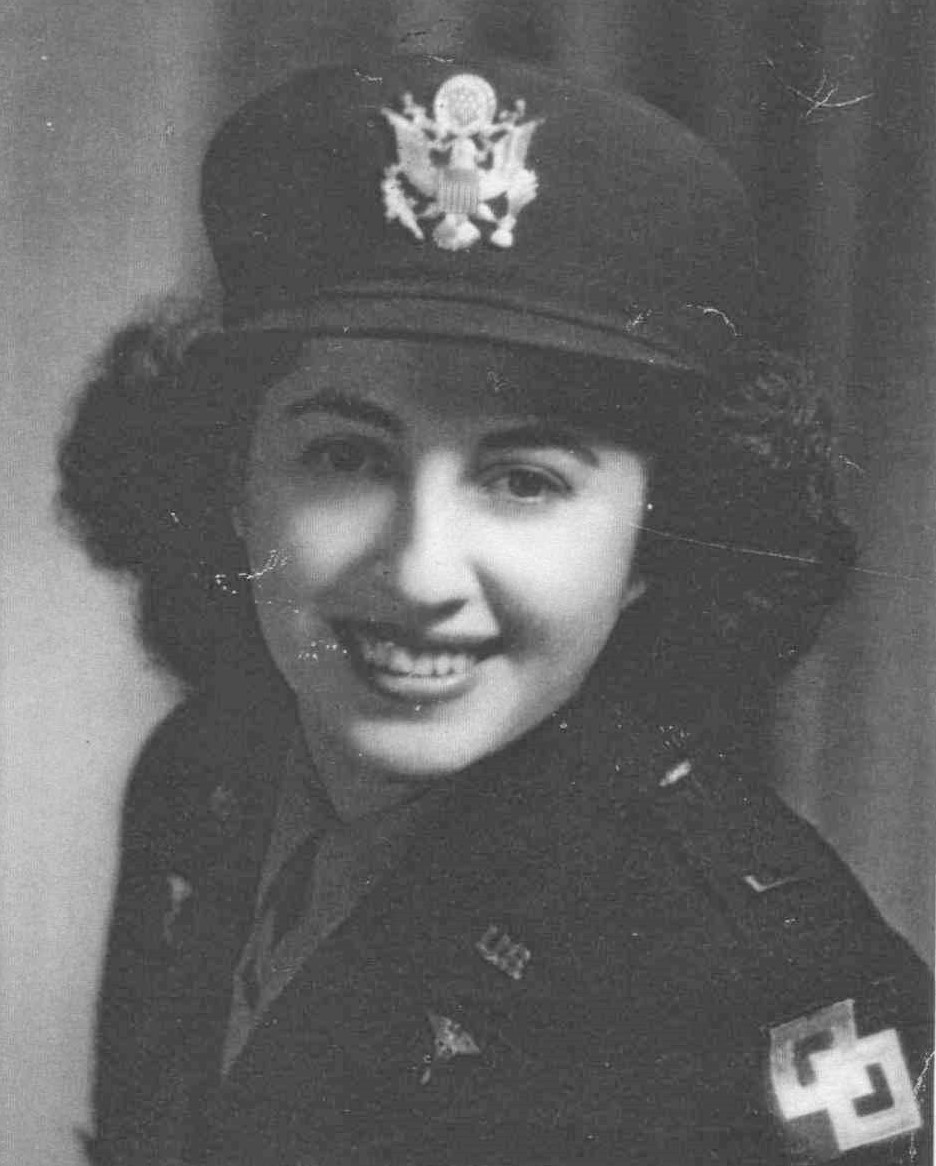
She would serve with the Army Nurse Corps in La Ciotat, France. Four of her brothers, including her twin brother Paul, also served overseas.
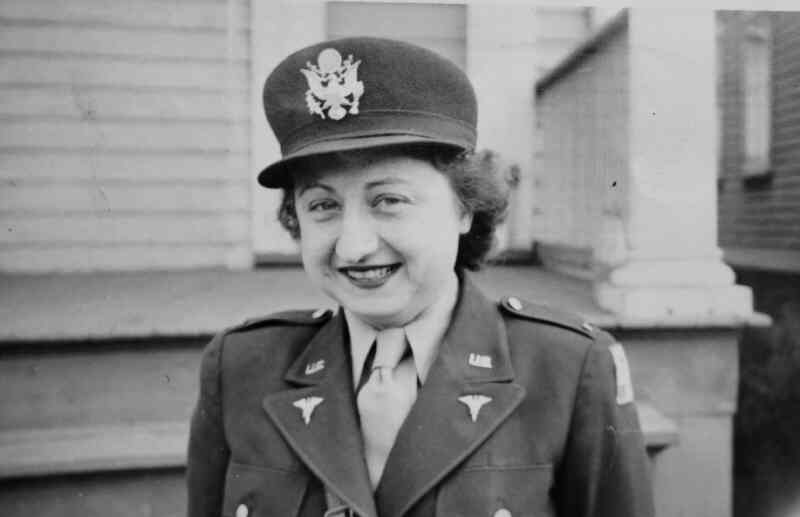
She also at one time served on a hospital train that transported wounded soldiers.
click for additional photos
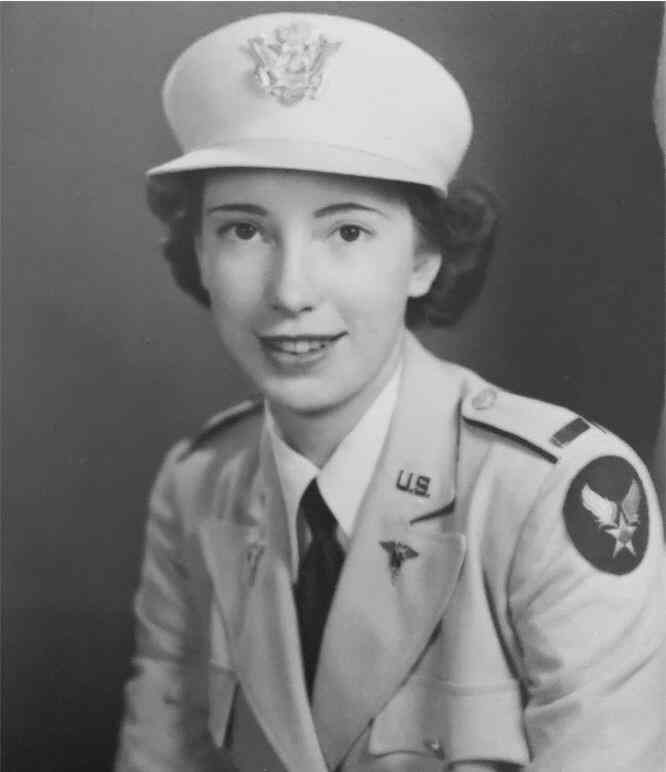
She served at an army hospital in France.
click for additional photos
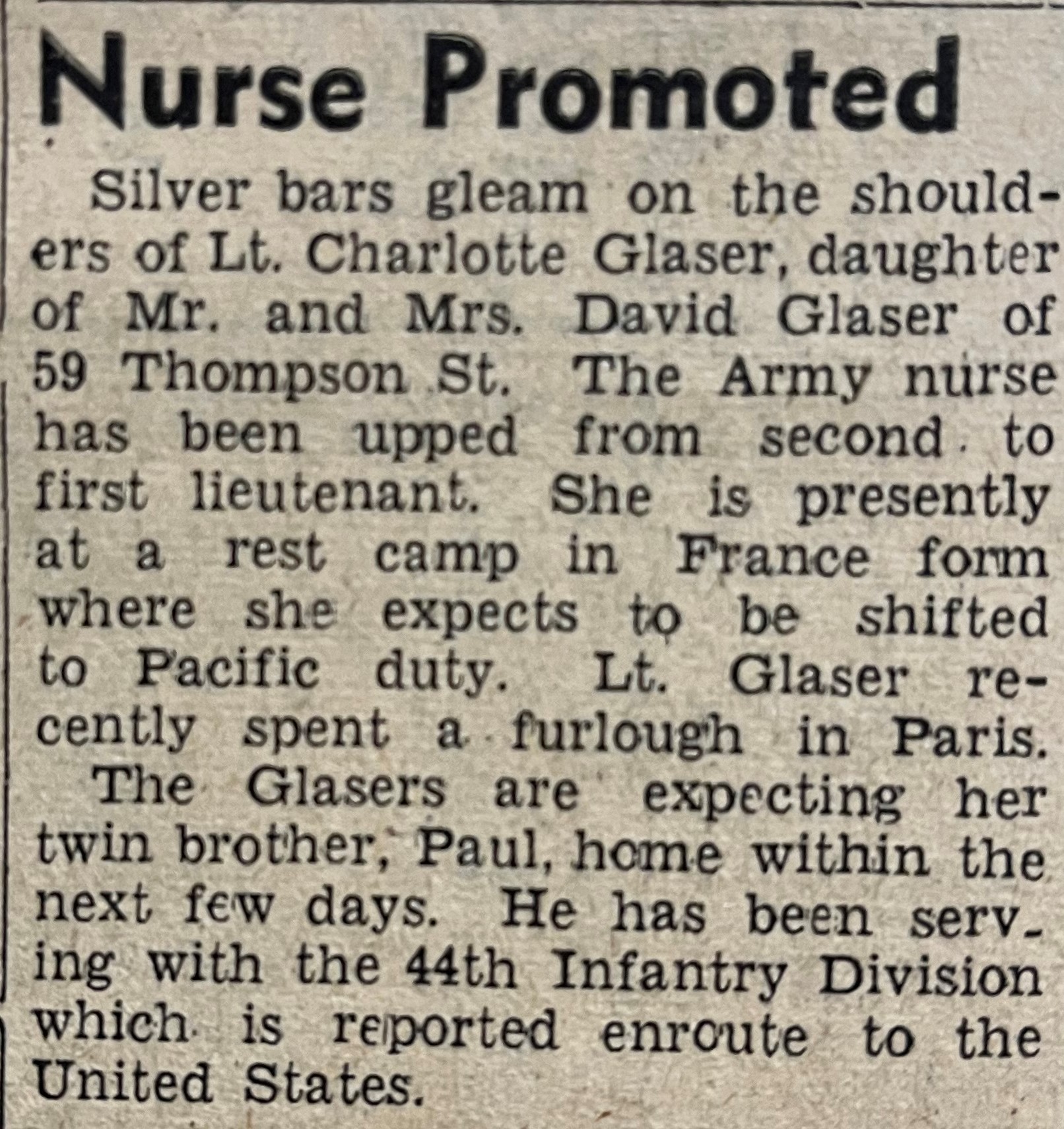
During World War II over 50,000 American women served in the military as nurses.
All were volunteers.
A good portion of them would serve overseas close to the front lines of battle.
(Men were prohibited from being nurses in the U. S. military until the mid-1950s.)
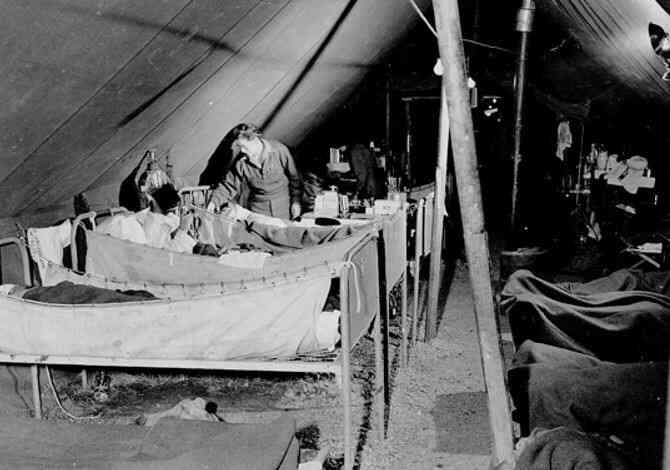
The “evacuation hospitals” were a few miles from the battlefront, but were still in tents. Operations and care could be performed here in a safer setting.
Still further back were the “station or general” hospitals which were usually housed in a building although that may have been a semipermanent location such as an abandoned school or factory or a partially bombed out building. Nurses not only worked in all these hospital setups, but quite often they constructed the setup themselves as the tent hospitals often were moved to where they were most needed.

Keeping up the morale of the wounded patients was as vital as any other task.
Transportation of the wounded was done by train, ship, and by air. Nurses served on all these. Often this required specialized training especially for the flight nurses.

But the nurses seemed to never complain even during the long days when the battle brought in an overwhelming number of casualties. The nurses were happiest when they were helping the injured men. The army brass had initially wondered if women would hold up to the rigors of life during wartime – they did. The nurses handled not just all kinds of physical injuries, but they dealt with patients who had developed mental issues from the stress of combat. In addition, they treated many types of diseases such as malaria.
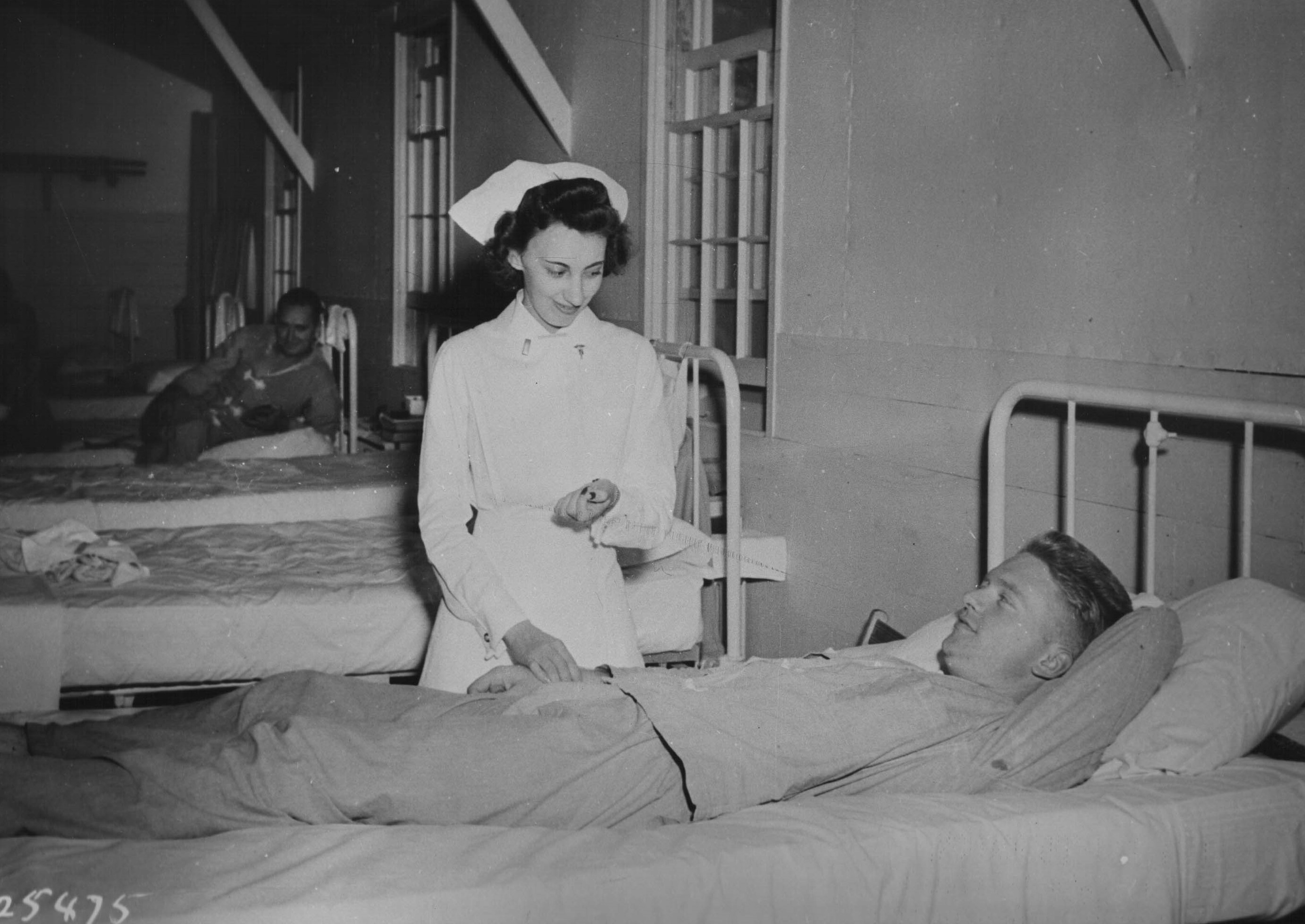
The working conditions for the nurses varied tremendously depending on the location, supply line, and characteristics of the war at that time. Often there was a shortage of supplies, thus improvising was the rule of the day. At times the nurses did the tasks usually reserved for the doctors.

For at Pearl Harbor 82 army nurses tended to the wounded that infamous morning. Some of these nurses had just attended a dance on the deck of the USS Arizona the night before - never imagining that the ship hours later would be sent permanently to the bottom of the harbor.
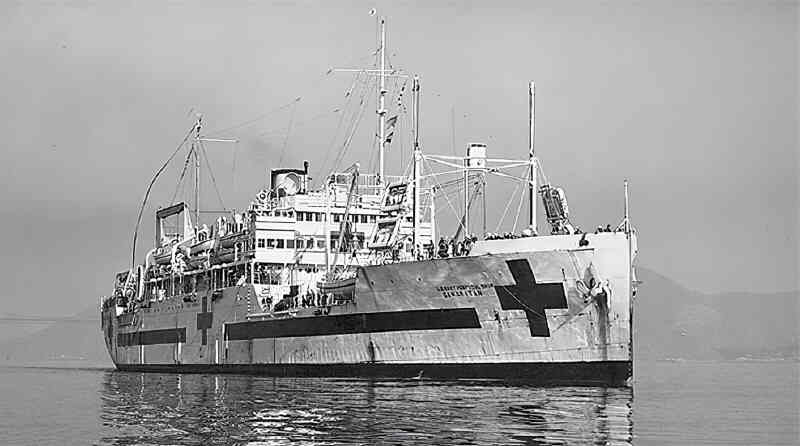
Dozens of nurses would die during the war. Many from bombs and others from disease. Becoming a prisoner of war was also a possibility as 67 nurses who were serving in the U.S. Army in Manila in 1942 would become prisoners of the Japanese for over three years.
were not suppossed to be bombed.
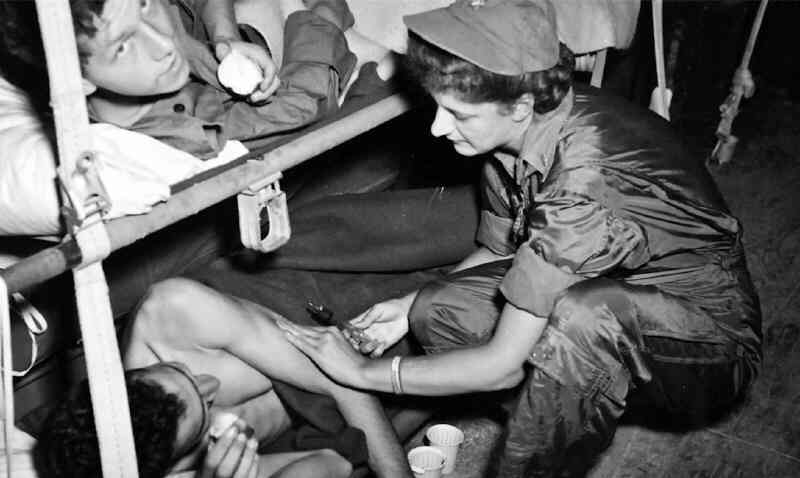
First, was the introduction of Penicillin. This new miracle drug, rare when the war started, was increasingly produced as the war went on. It was given to fight post injury infections which up to that time were a major cause of death. The nurses learned how to best dispense Penicillin as the war went on.
Another advance in medicine was the use of whole blood as opposed to plasma. When the war started, plasma which could replace lost blood for an injured soldier was the standard remedy. The advantage was its availability and not needing to match blood types. But experience with injured soldiers showed that the recovery was often short term as plasma did not contain much needed red blood cells. Thus, toward the end of the war whole blood was collected and given to the wounded who needed it.
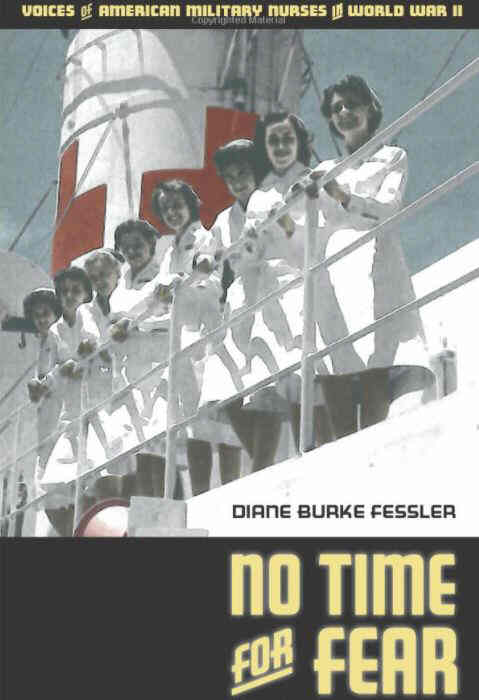
Recommended books by this author are:
“They Called Them Angels” by Kathi Jackson
“No Time For Fear” by Diane Burke Fessler
“And If I Perish” by Monahan and Greenlee.
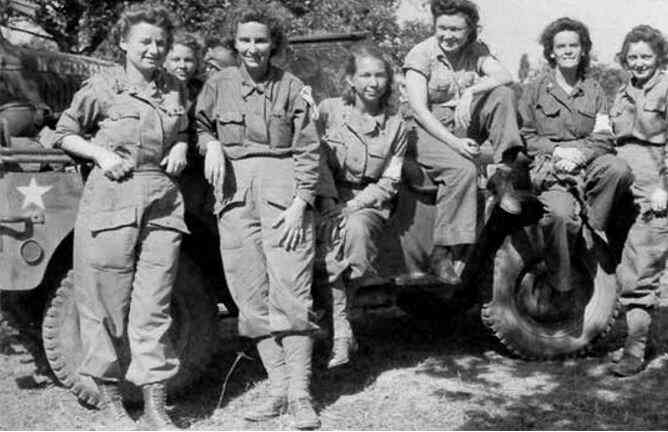
As 96% of those who were evacuated from the battlefield would survive to return home to their family.